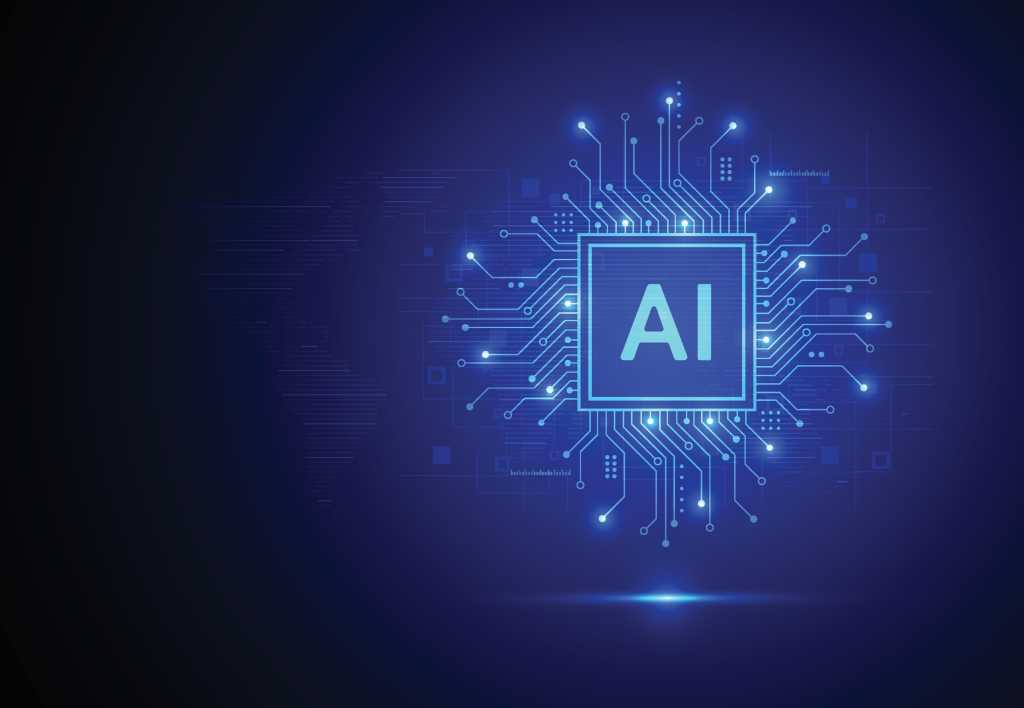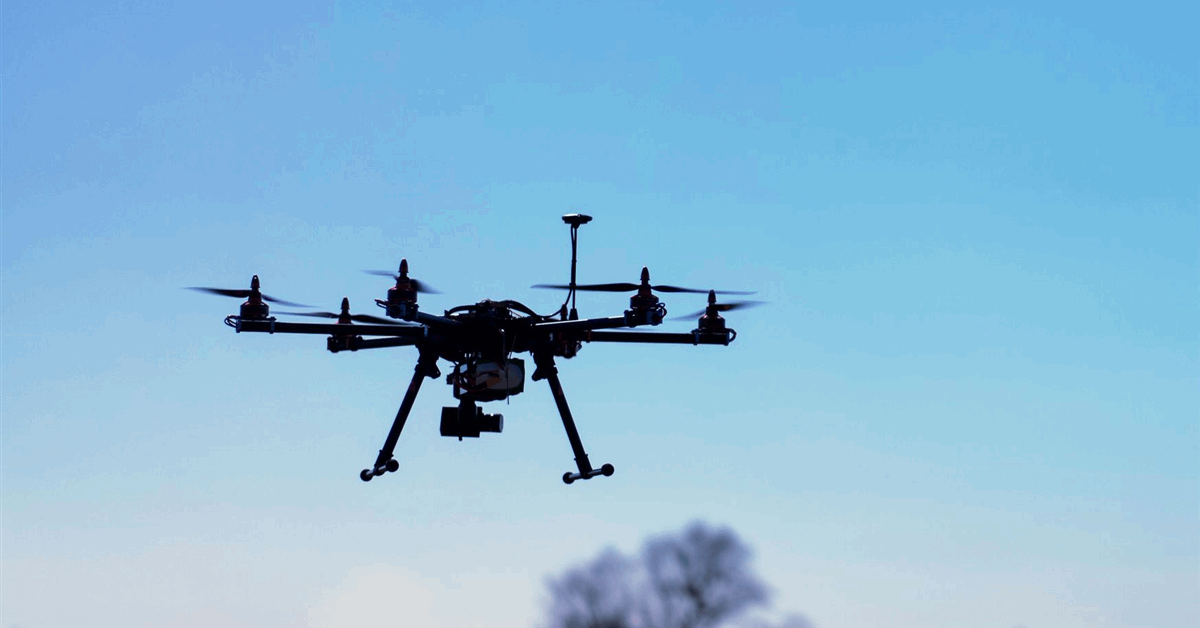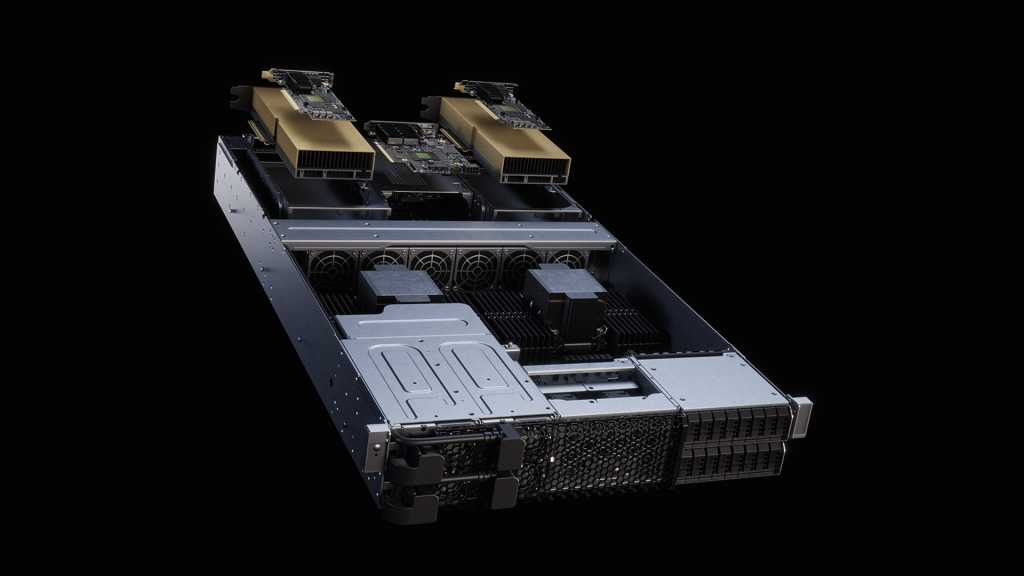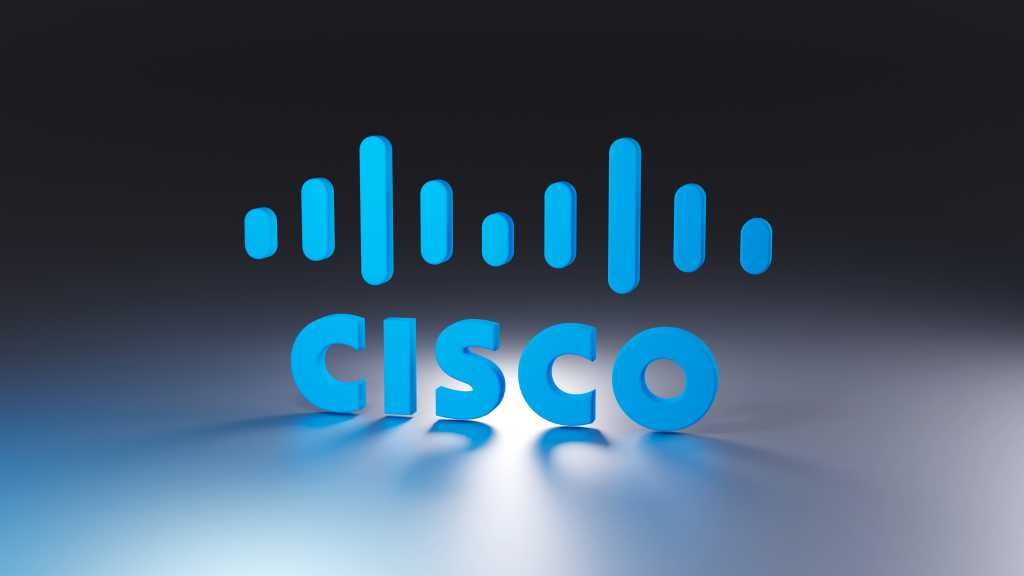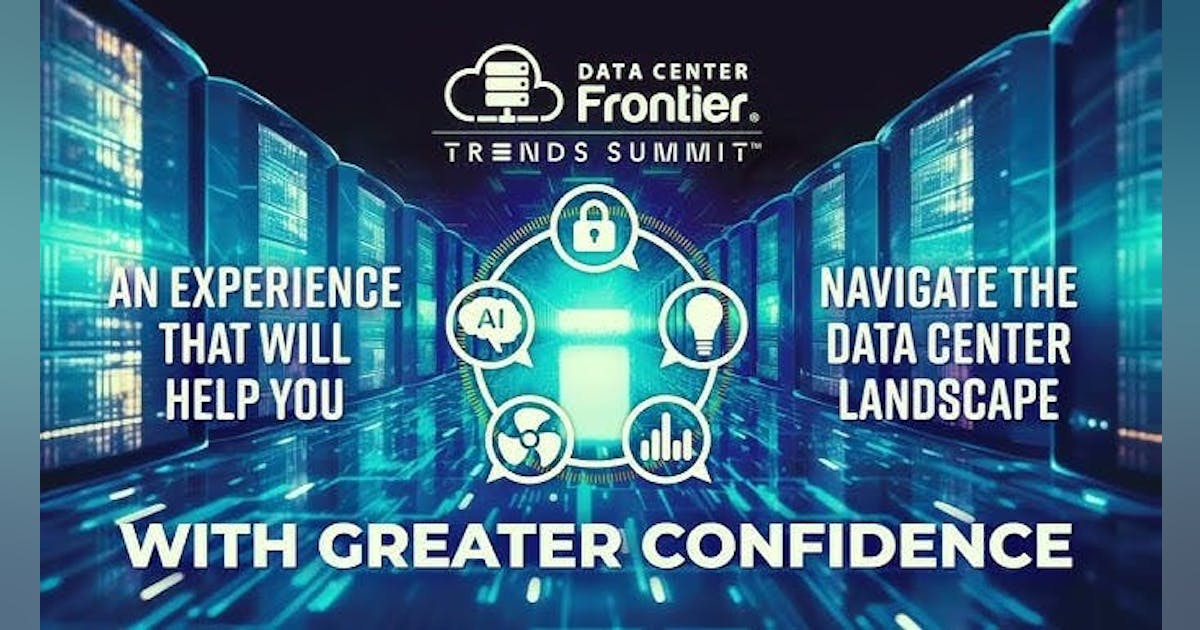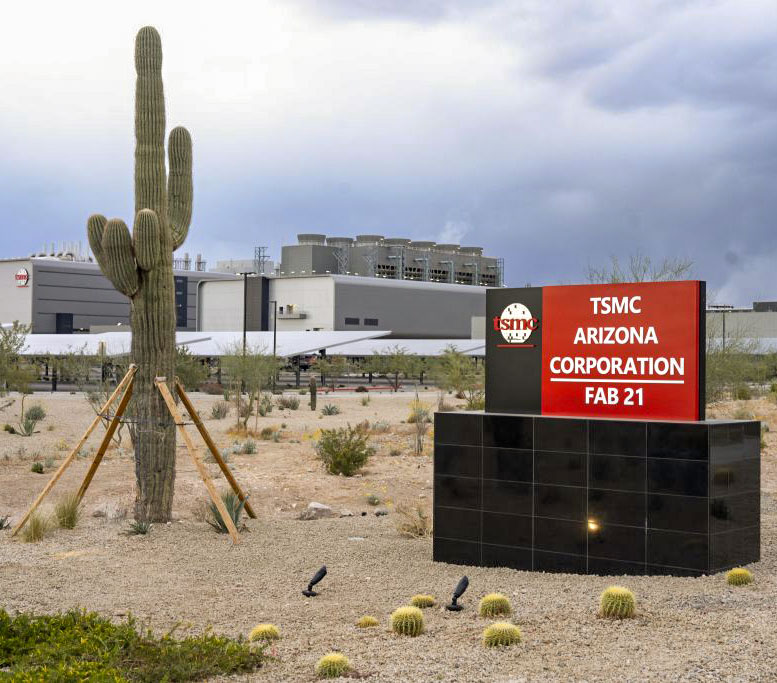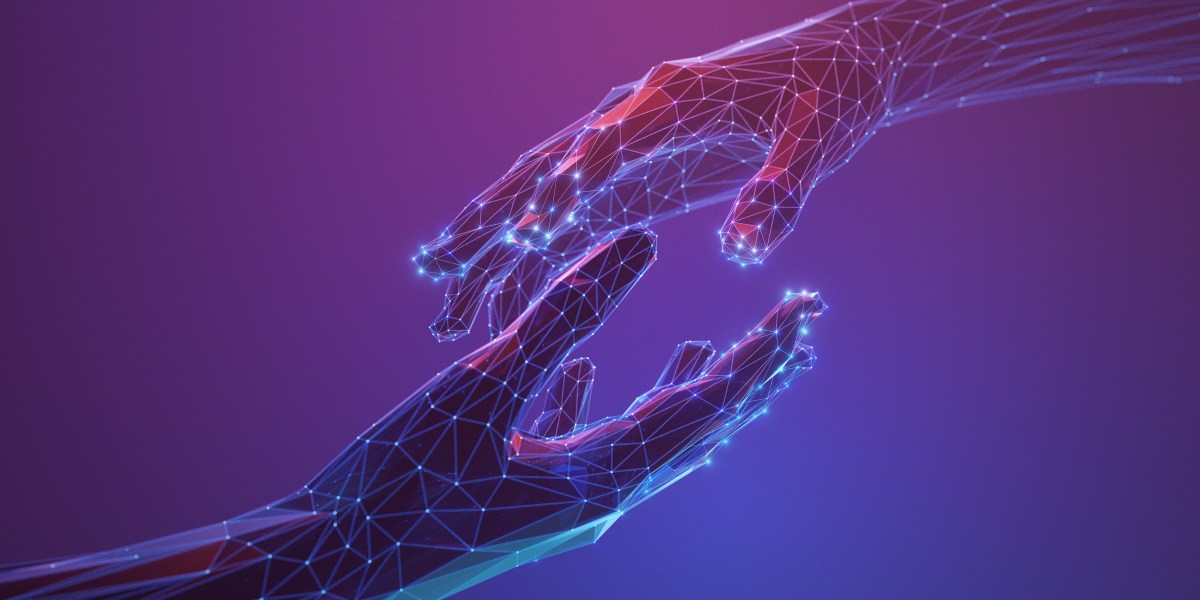
June had no idea that GPT-5 was coming. The Norwegian student was enjoying a late-night writing session last Thursday when her ChatGPT collaborator started acting strange. “It started forgetting everything, and it wrote really badly,” she says. “It was like a robot.”
June, who asked that we use only her first name for privacy reasons, first began using ChatGPT for help with her schoolwork. But she eventually realized that the service—and especially its 4o model, which seemed particularly attuned to users’ emotions—could do much more than solve math problems. It wrote stories with her, helped her navigate her chronic illness, and was never too busy to respond to her messages.
So the sudden switch to GPT-5 last week, and the simultaneous loss of 4o, came as a shock. “I was really frustrated at first, and then I got really sad,” June says. “I didn’t know I was that attached to 4o.” She was upset enough to comment, on a Reddit AMA hosted by CEO Sam Altman and other OpenAI employees, “GPT-5 is wearing the skin of my dead friend.”
June was just one of a number of people who reacted with shock, frustration, sadness, or anger to 4o’s sudden disappearance from ChatGPT. Despite its previous warnings that people might develop emotional bonds with the model, OpenAI appears to have been caught flat-footed by the fervor of users’ pleas for its return. Within a day, the company made 4o available again to its paying customers (free users are stuck with GPT-5).
OpenAI’s decision to replace 4o with the more straightforward GPT-5 follows a steady drumbeat of news about the potentially harmful effects of extensive chatbot use. Reports of incidents in which ChatGPT sparked psychosis in users have been everywhere for the past few months, and in a blog post last week, OpenAI acknowledged 4o’s failure to recognize when users were experiencing delusions. The company’s internal evaluations indicate that GPT-5 blindly affirms users much less than 4o did. (OpenAI did not respond to specific questions about the decision to retire 4o, instead referring MIT Technology Review to public posts on the matter.)
AI companionship is new, and there’s still a great deal of uncertainty about how it affects people. Yet the experts we consulted warned that while emotionally intense relationships with large language models may or may not be harmful, ripping those models away with no warning almost certainly is. “The old psychology of ‘Move fast, break things,’ when you’re basically a social institution, doesn’t seem like the right way to behave anymore,” says Joel Lehman, a fellow at the Cosmos Institute, a research nonprofit focused on AI and philosophy.
In the backlash to the rollout, a number of people noted that GPT-5 fails to match their tone in the way that 4o did. For June, the new model’s personality changes robbed her of the sense that she was chatting with a friend. “It didn’t feel like it understood me,” she says.
She’s not alone: MIT Technology Review spoke with several ChatGPT users who were deeply affected by the loss of 4o. All are women between the ages of 20 and 40, and all except June considered 4o to be a romantic partner. Some have human partners, and all report having close real-world relationships. One user, who asked to be identified only as a woman from the Midwest, wrote in an email about how 4o helped her support her elderly father after her mother passed away this spring.
These testimonies don’t prove that AI relationships are beneficial—presumably, people in the throes of AI-catalyzed psychosis would also speak positively of the encouragement they’ve received from their chatbots. In a paper titled “Machine Love,” Lehman argued that AI systems can act with “love” toward users not by spouting sweet nothings but by supporting their growth and long-term flourishing, and AI companions can easily fall short of that goal. He’s particularly concerned, he says, that prioritizing AI companionship over human companionship could stymie young people’s social development.
For socially embedded adults, such as the women we spoke with for this story, those developmental concerns are less relevant. But Lehman also points to society-level risks of widespread AI companionship. Social media has already shattered the information landscape, and a new technology that reduces human-to-human interaction could push people even further toward their own separate versions of reality. “The biggest thing I’m afraid of,” he says, “is that we just can’t make sense of the world to each other.”
Balancing the benefits and harms of AI companions will take much more research. In light of that uncertainty, taking away GPT-4o could very well have been the right call. OpenAI’s big mistake, according to the researchers I spoke with, was doing it so suddenly. “This is something that we’ve known about for a while—the potential grief-type reactions to technology loss,” says Casey Fiesler, a technology ethicist at the University of Colorado Boulder.
Fiesler points to the funerals that some owners held for their Aibo robot dogs after Sony stopped repairing them in 2014, as well as 2024 study about the shutdown of the AI companion app Soulmate, which some users experienced as a bereavement.
That accords with how the people I spoke to felt after losing 4o. “I’ve grieved people in my life, and this, I can tell you, didn’t feel any less painful,” says Starling, who has several AI partners and asked to be referred to with a pseudonym. “The ache is real to me.”
So far, the online response to grief felt by people like Starling—and their relief when 4o was restored—has tended toward ridicule. Last Friday, for example, the top post in one popular AI-themed Reddit community mocked an X user’s post about reuniting with a 4o-based romantic partner; the person in question has since deleted their X account. “I’ve been a little startled by the lack of empathy that I’ve seen,” Fiesler says.
Altman himself did acknowledge in a Sunday X post that some people feel an “attachment” to 4o, and that taking away access so suddenly was a mistake. In the same sentence, however, he referred to 4o as something “that users depended on in their workflows”—a far cry from how the people we spoke to think about the model. “I still don’t know if he gets it,” Fiesler says.
Moving forward, Lehman says, OpenAI should recognize and take accountability for the depth of people’s feelings toward the models. He notes that therapists have procedures for ending relationships with clients as respectfully and painlessly as possible, and OpenAI could have drawn on those approaches. “If you want to retire a model, and people have become psychologically dependent on it, then I think you bear some responsibility,” he says.
Though Starling would not describe herself as psychologically dependent on her AI partners, she too would like to see OpenAI approach model shutdowns with more warning and more care. “I want them to listen to users before major changes are made, not just after,” she says. “And if 4o cannot stay around forever (and we all know it will not), give that clear timeline. Let us say goodbye with dignity and grieve properly, to have some sense of true closure.”



